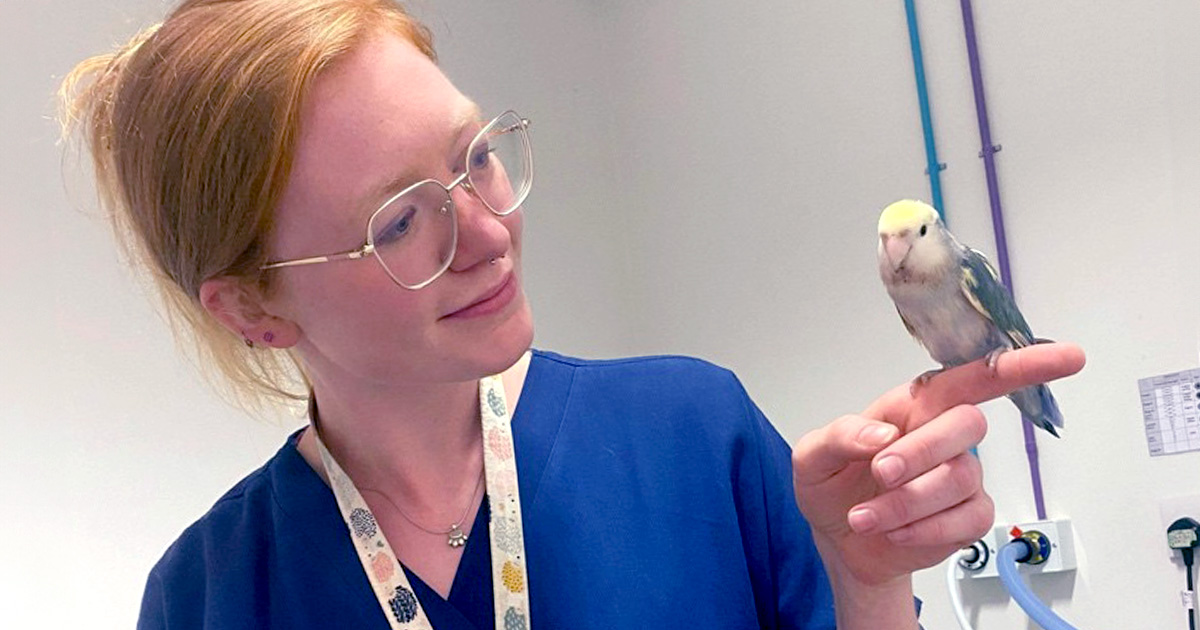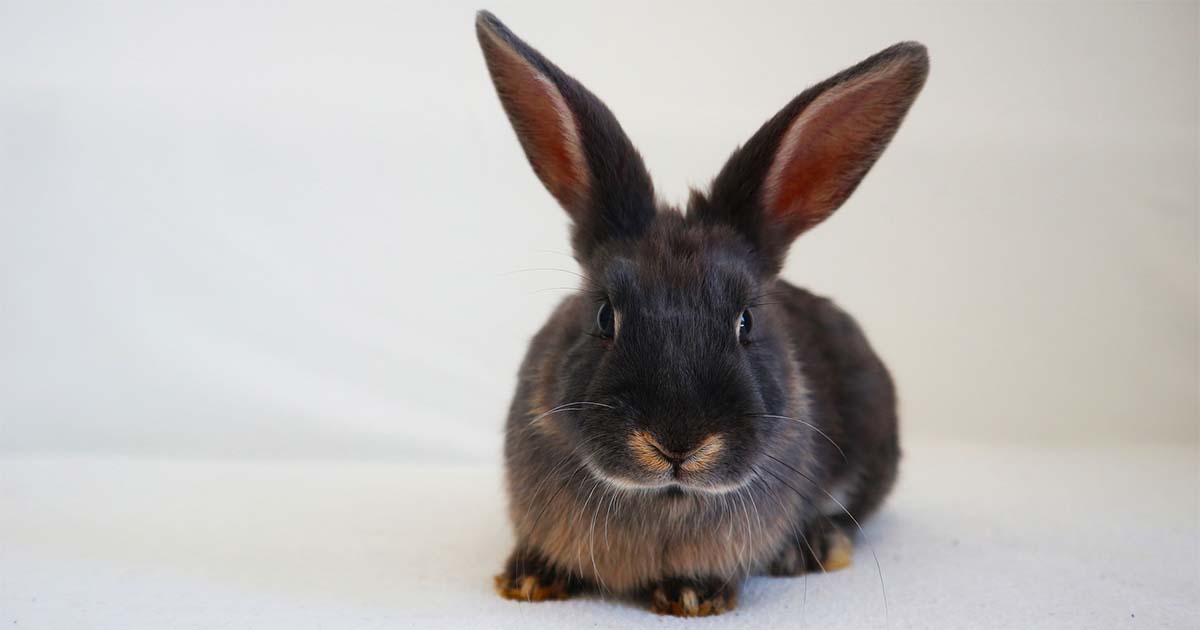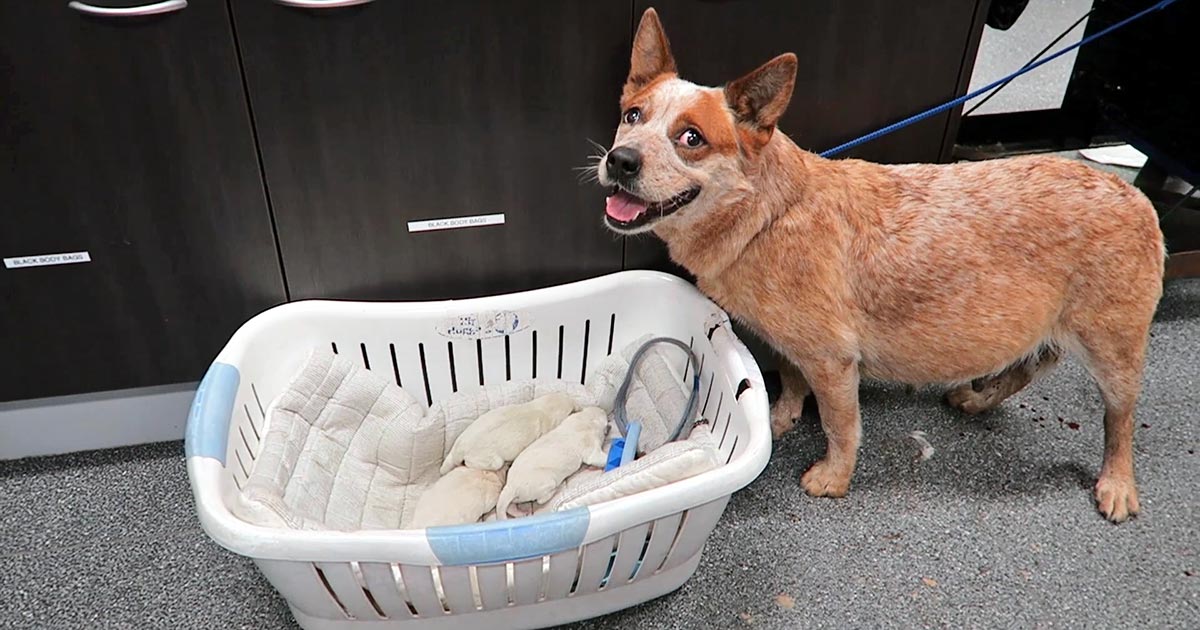Tag: Behaviour
-

Avian anaesthesia
—
by
Did you hear about the grumpy owl with an upset stomach? He had irritable owl syndrome… Birds are a case of fight-or-flight (almost literally) for staff in the veterinary practice, especially when it comes to anaesthesia. Many will avoid due to a lack of experience, uncertainty, or a fear of the patient’s delicate nature, yet…
-

Rabbit versus IV
For small, fluffy, adorable creatures, rabbit care can actually be a huge challenge in the veterinary practice. They are seen to be more difficult and fragile than the standard cat or dog, and some of the veterinary team are unsure of the best protocol when handling and hospitalising. Rabbit anaesthetics and their recovery carry a…
-

History keeps repeating…
—
by
I’m deep into chapter four of my PhD and the consequences of contagious livestock diseases and veterinary interventions are key to the veterinary journey. In the past, decisions taken on animal health were based on protecting human health, while the welfare of the animals was a secondary consideration – if it was even considered at…
-

Dystocia, pt 1: labour stages
—
by
Now most female canine patients are spayed, it comes as no surprise reproductive emergencies are not as common. One confusion seems to be not knowing how to determine a true dystocia emergency – especially when given advice over the telephone – from the process of normal parturition. Another concern is how to confidently form a…
-

The dreaded client complaint
—
by
Regardless of how well you conduct yourself and how thorough you are in your work, it’s inevitable you’ll occasionally find yourself on the receiving end of a client complaint. This will always suck. When someone criticises you, it’s very natural to feel a strong negative emotional response. The emotional control centres of your brain interpret…
-

Seizures, part 1: the questions to ask
—
by
Clients often panic when they think their pet is having a seizure and can skip over vital information. Often, what an owner describes as a “fit” may actually be syncope, collapse from anaphylaxis or internal haemorrhage (for example, neoplasia), a vestibular event or a behavioural condition. True seizures True seizures can be divided into two…
-

Is puppy yoga flexibly ethical?
—
by
Is puppy yoga the new cat café? Is it a new passing trend or here to stay? Either way, as a student with a passion for both fitness and animals, I was initially intrigued. But I can’t help but have concerns for whether this practice is beneficial for all members of the class. Five freedoms…
-

A difference of opinion
I’m only a few short weeks into my final-year rotations at the University of Bristol’s Veterinary Referral Hospital, but I already feel like I’ve learned a lot: DOPs aren’t as scary as I’d built them up to be in my head. It does get easier to navigate your way around the hospital with time (and…
-

Microaggression? But it’s only an emoji…
—
by
I am really happy if you read the title of this blog and decided not to read it straight away, but wanted to come to it when you felt ready… The past few weeks have been unpleasant ones in the veterinary community, and while I’m sure many people are tired of discussions about microaggressions –…
-

The pen is mightier than the scalpel
—
by
For some, my past A-level choices of biology, chemistry and English literature may seem an odd mixture. At first glance, the arts and the sciences don’t seem go hand in hand, and are often viewed as polar opposites. I even remember being asked during one of my veterinary interviews if my decision to study English…